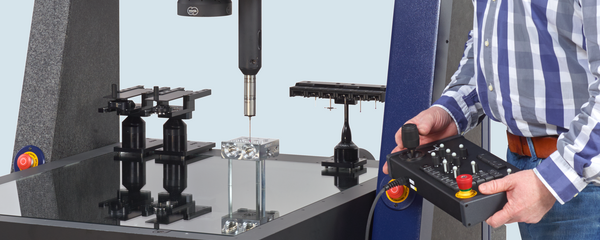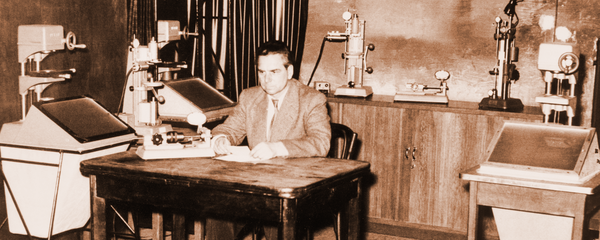International standardization is primarily carried out by the International Organization for Standardization (ISO). At national level in Germany, the tasks are performed by the German Institute for Standardization (DIN) and the Association of German Engineers (VDI). The VDI draws up guidelines on technical problems. DIN and ISO, as well as the corresponding committees in other countries (e.g. ASME and ASTM), publish standards, for example aimed at the acceptance and reverification test of coordinate measuring systems.
The characteristics defined in standards (also known as specifications) characterize the basic machine performance and thus enable potential customers to make an initial comparison of different coordinate measuring machines and, together with other criteria (cost, availability, etc.), to decide on a machine or machine type. The most important specifications in coordinate metrology are the permissible length measurement error (MPE E: Maximum Permissible Error of length measurement) and the permissible probing error (MPE P: Maximum Permissible Probing Error). The length measurement error describes the behavior of the machine in the entire measuring volume, while the probing error is largely determined by the behavior of the sensors used. The ISO 10360 series of standards provides clear rules for the acceptance and reverification test based on these characteristics. If the corresponding standard is part of the terms of the contract, the customer can be sure that the measuring machine actually works within the specifications. The certificate from the German national accreditation body (DAkkS) serves as proof of the correct application of the standards, for example in the Werth calibration laboratory. By using the calibrated test specimens (calibration standards) described in the standards, the traceability of the measuring machines to national and international standards is ensured. Procedures for determining measurement uncertainty are also described and supplemented by general information on the various coordinate metrology technologies.
The people behind the standards
VDI and ISO guidelines initially only existed for tactile sensors, although the first coordinate measuring machines contained optical sensors. Since the early 1990s, the guidelines for the acceptance and reverification test of coordinate measuring machines with image processing (VDI 2617-6.1), optical distance sensors (VDI 2617-6.2) and multi-sensor systems (VDI 2617-6.3) have been developed with the significant involvement of Dr. Ralf Christoph, the owner and president of Werth Messtechnik GmbH.





